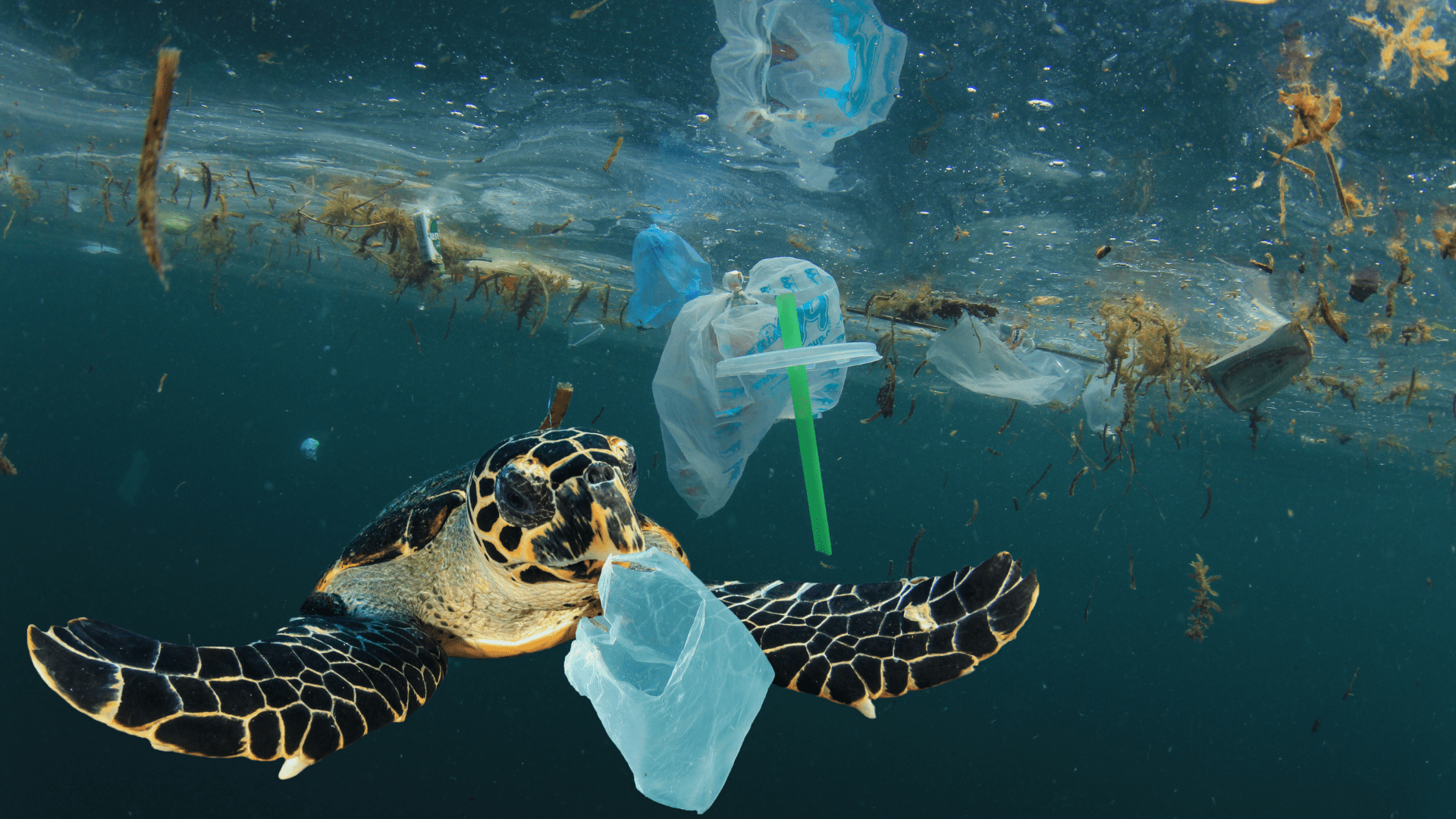
How to communicate your sustainability on the website
Your company is sustainable – but do potential customers know that? In this article, you will find 6 tips for communicating your sustainability measures credibly on your website.
More and more consumers are specifically choosing companies based on sustainability aspects – and more and more companies have to pay close attention to ensuring that everything is above board in their supply chain since the LkSG came into force.
Sustainability is increasingly becoming an important criterion when making purchasing and partnership decisions. And what better way than your own website to inform potential customers and partners about your sustainability efforts? So it’s high time to put your company’s sustainability efforts in the spotlight.
But what’s the best way to do this?
6 tips for communicating sustainability credibly on the website
Tip 1: Transparency and measurable data
Facts, facts, facts: Solid figures are still the most credible. That’s why our first tip is to provide a detailed sustainability report on your website – e.g. as a separate page or as a downloadable PDF document. The report shows existing measures, but also describes what your company will implement in the future. In addition, show prominently and separately to the report what goals you have set yourself and what measures you intend to take to achieve them. Also state openly where there is still a need for action. From 2024, the CSRD will require around 15,000 companies to publish a sustainability report anyway. However, a voluntary report is also a good thing for all companies that want to clearly show: “We take sustainability seriously!”
Tip 2: Awards from independent bodies
Has your company been certified for sustainability measures? Then be sure to place the relevant seals and certificates on your website! External confirmation of your sustainability efforts increases credibility enormously. Important here:
- Don’t hide your awards in a small section on a subpage that isn’t even linked in the menu.
Whether as a banner on the homepage or as a separate menu item: If you do good, it’s okay to show it! - Look for awards from recognized, independent bodies.
Certificates and seals that any company can simply buy with enough money harbor the risk of greenwashing.
Speaking of greenwashing: you can find out how to avoid the most common stumbling blocks in the article “The five biggest greenwashing traps and how to avoid them”.
Tip 3: Present cooperations
Where do you source your raw materials or goods? Which companies do you work with – and how sustainable are they? Do you cooperate with environmental, animal welfare or human rights organizations with which your company creates impact beyond its own backyard? What projects is your company involved in? These are all interesting points that you should definitely not sweep under the carpet! Show how you are getting involved and actively shaping the change towards sustainability through your responsibility. But be careful not to fall into any greenwashing traps here either.
Tip 4: Show commitment
Was the fact that you planted a flowering meadow next to the company headquarters in 2020 the latest news in terms of sustainability? Hopefully not! If you really want to communicate your company’s sustainability credibly, you should plan for the long term – ideally on the basis of a holistic sustainability strategy. In any case, describe what your company has already achieved. List how sustainability is currently practiced. For example, through a healthy working environment for your employees or fair pay in your own supply chain. After all, sustainability is not just about the environment. But also show what you are planning for the future. Present long-term sustainability goals with clear milestones on your website. Make sustainability an integral part of your company’s purpose statement. Share progress reports. Continuity and commitment are still the best way to show that sustainability was more than just a short-term marketing measure for you.
Tip 5: Be honest
Honesty lasts the longest. This also applies to sustainability communication. No company is 100% sustainable – so don’t try to pull sustainability measures out of the air. Present your previous measures and successes, but also admit openly and honestly where there may still be a problem. This will not make you look bad – on the contrary! It shows that your company is seriously thinking about sustainability.
Tip 6: Demonstrate sustainability with a sustainable website
Last but not least, a point that is easy to forget at first glance: if you want to emphasize the sustainability of your company, you should definitely take a close look at your website! Tools such as the Website Carbon Calculator will calculate the CO2 footprint of your website in no time at all.
Is your website more of a global average? Then look out for specialists in green web design to exploit the full sustainability potential of your site.
Until then, some simple tips like these will help you to make your website more sustainable without any design or coding knowledge:
- Reduce file sizes (images and videos).
- Check whether your site is powered by coal – you can do this very quickly using the Green Web Foundation tool, for example. If not, switch to a web hosting provider with transparently traceable green electricity.
- Design your website to be barrier-free in order to also do justice to social sustainability – a first step here would be descriptive texts for images, for example.
- Take the plunge and declutter so that outdated content and superfluous tools don’t continue to waste energy for no reason.
We wish you every success – and are happy to help if you need support with your sustainability communication!
* This information is summarized editorial content and should not be construed as legal advice. VERSO accepts no liability.
This might also interest you:
Subscribe to our newsletter!
Register now to arrange a free demo appointment and get to know our solutions at first hand.
- Pragmatic all-in-one solution for ESG reporting, climate and supply chain management
- Individual advice from the VERSO experts
- Developed with expertise from 12+ years of sustainability management
- Trusted by 250+ customers


